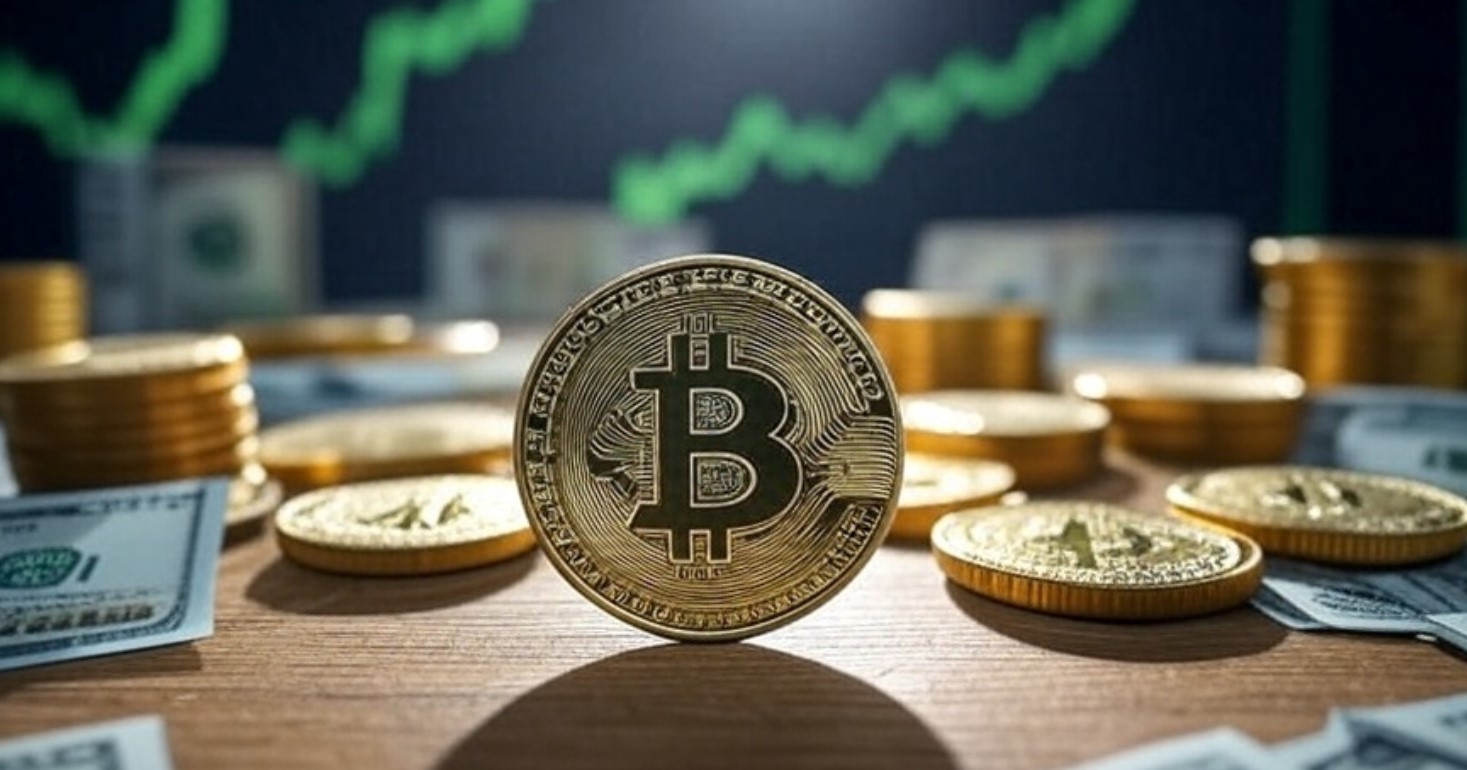The FED pause and geopolitical instability “have delayed the inevitable a little.”
The rules of the game have changed, since the world’s largest capitals are now in the market.
The bitcoin (BTC) market is going through a period of uncertainty marked by geopolitical and macroeconomic factors, which have pushed the price of the asset towards supports above USD 105,000 in the last week.
According to the financial analyst and commentator known as “Crypto Kakarot,” bitcoin’s traditional four-year cycle, governed by halving and characterized by phases of accumulation, euphoria and correction, has fractured.
The above is because the United States Federal Reserve (FED) “has kept interest rates very high for longer than necessary,” according to the analyst. It, in addition to the growing international tension between that country and China.
That coincides with the view of Arthur Hayes, founder of BitMEX, who claims that traditional bitcoin cycles are “dead.” This is because the stimulus policies planned by the main economies could generate an injection of liquidity that benefits BTCaltering the four-year historical pattern.
Crypto Kakarot holds that “the FED pause and geopolitical instability have only slightly delayed the inevitable,” since the “rules of the game have changed.” As you see it, the cryptocurrency market is no longer dominated by retail investors, to now depend on large institutional funds.
«We no longer compete against the typical internet geeks. Now we compete against the largest capitals in the world,” he says. The latter, in reference to the massive entry of institutions and exchange-traded funds (ETFs) into the bitcoin ecosystem.
The financial commentator also shared a graph, showing the behavior of bitcoin after the last four halvings recorded. It denotes the delay that, according to him, has loomed over BTC due to macroeconomic and geopolitical conditions:


The international context supports this reading. Representatives of the United States and China confirmed a new round of trade negotiations in Malaysia next week. This is intended to reduce tensions before a possible meeting between Presidents Donald Trump and Xi Jinping. Although the US president has minimized the threat of new tariffs, the financial market reacts with caution, waiting for a lasting truce.
Treasury Secretary Scott Bessent and Chinese Vice Premier He Lifeng agreed that Dialogue will be key to “redirect” bilateral relations. The talks come as the expiration of the tariff truce agreed in January approaches, increasing pressure on both economies and on raw materials and digital asset markets.
We must remember that, last Friday, October 10, The price of bitcoin plummeted from USD 122,000 to USD 103,000 after Trump raised the possibility of fueling the trade war with China. Although the asset’s price later recovered to USD 115,000, the same geopolitical conditions pushed BTC downward again. At the time of writing this report, BTC has an average price of USD 107,000, according to the CriptoNoticias Price Calculator.
The drop in the price of BTC caused fear to skyrocket in the market, with the Fear and Greed Index reaching currently a value of 27 points, which reflects a predominance of fear in the sector.






Leave a Reply